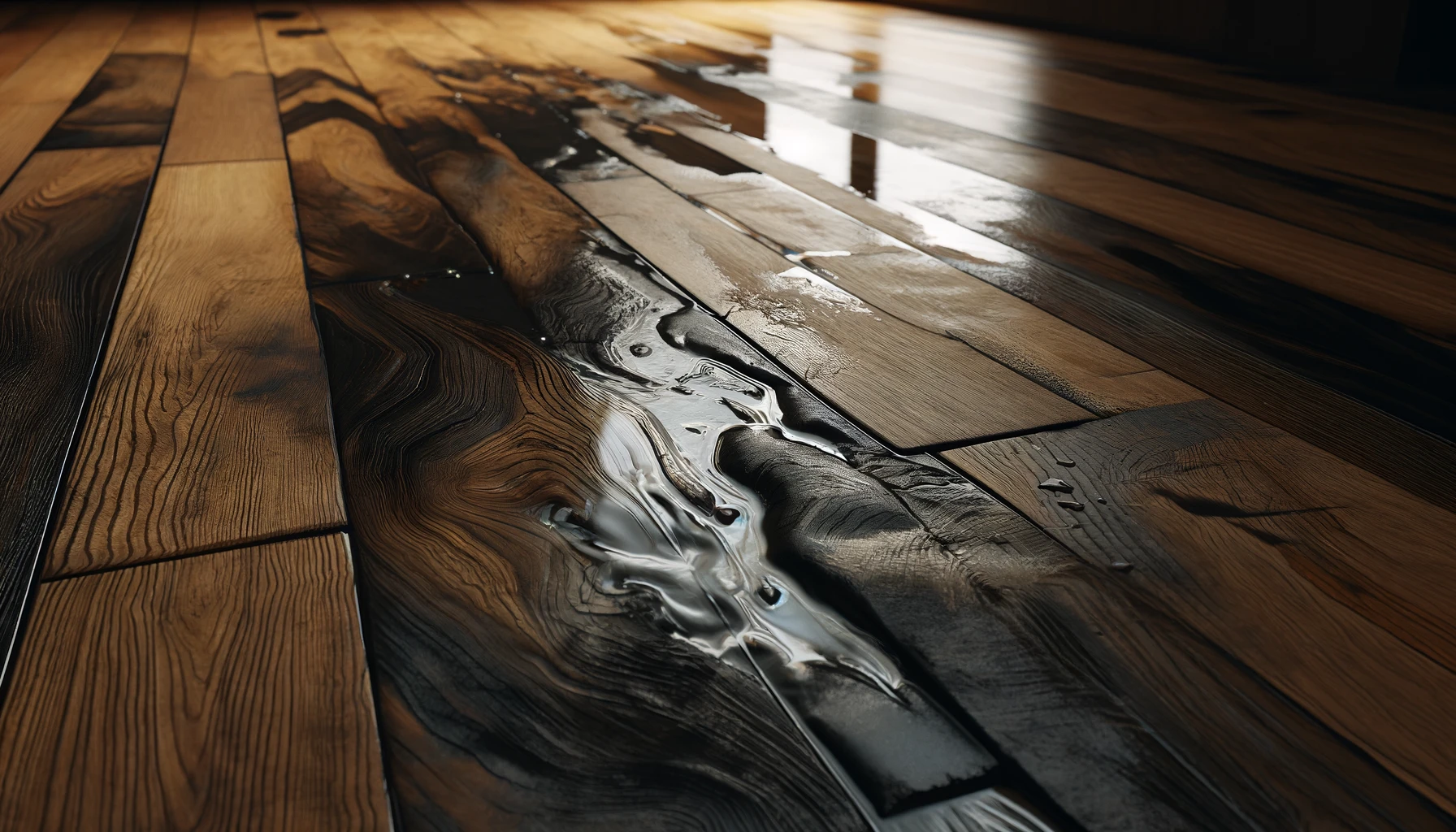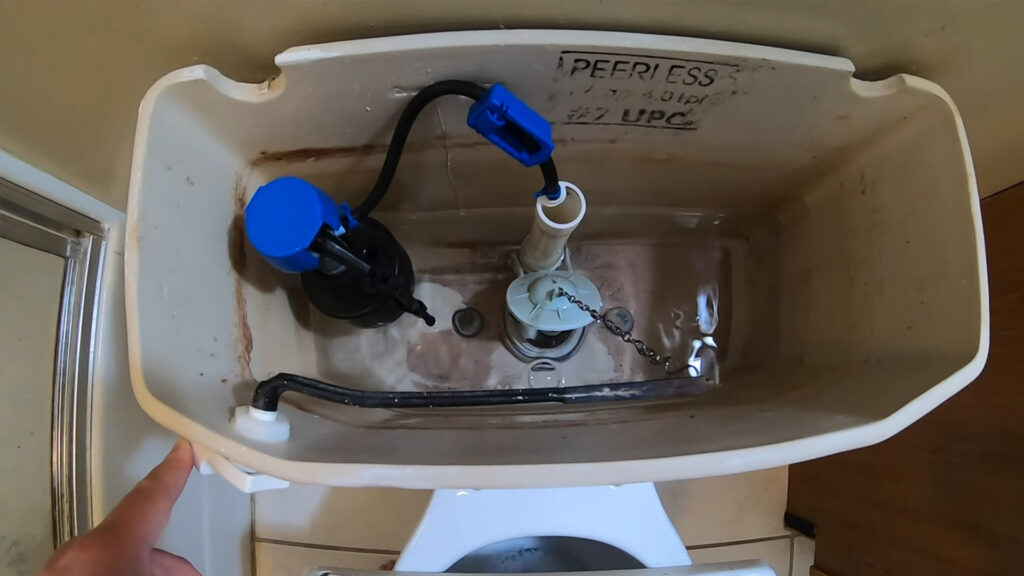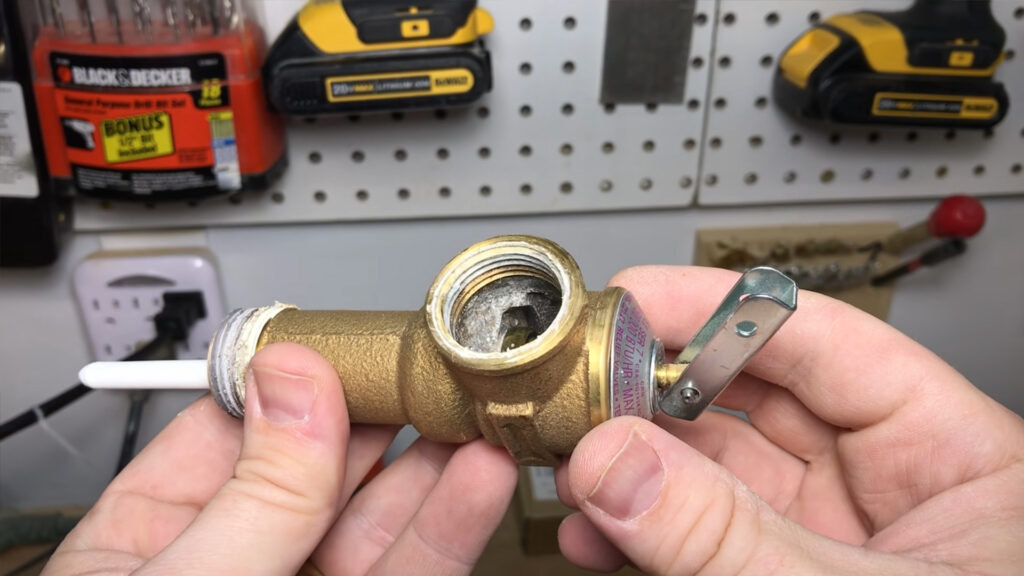Water damage on hardwood floors can range from minor aesthetic issues to severe structural damages that require complete restoration. It’s crucial for homeowners to understand the severity of the damage and the necessary steps to mitigate it effectively. For instance, simple surface stains might be treated with minor touch-ups, whereas extensive cupping or buckling may need professional refinishing or plank replacements.
Immediate Actions Post-Spill
Immediate response to water exposure is critical. Removing the water swiftly and using dehumidifiers and fans can help mitigate damage by reducing the moisture content quickly. This can prevent the wood from swelling and developing mold. For example, after a moderate spill, using towels to absorb water and applying localized drying techniques can often prevent further damage and help maintain the floor’s integrity.
Long-Term Maintenance and Care
Long-term care is essential for maintaining the aesthetic and structural integrity of hardwood floors. Regular inspections for leaks and spills, along with prompt cleanups, can prevent many common water damage issues. Additionally, applying the right sealants and maintaining optimal humidity levels in the home can extend the life of the flooring.
Recommended Sealants for Hardwood Floors
Choosing the right sealant is key to protecting hardwood floors from water damage and everyday wear. Polyurethane is a popular choice due to its durability and resistance to water. There are two types: oil-based and water-based polyurethane. Oil-based polyurethane, like Minwax’s Helmsman Spar Urethane, offers a rich, glossy finish and excellent water resistance. Water-based options, such as Bona Traffic HD, dry faster and have a lower odor, making them convenient for homes.
Another option is a penetrating oil sealer like Rubio Monocoat Oil Plus 2C, which enhances the wood’s natural colors and grains while providing protection. Tung oil is a traditional, natural product that penetrates deep into the wood to offer water resistance and a subtly attractive finish.
Common Types of Wood for Hardwood Floors
The type of wood chosen for flooring can greatly affect its durability and appearance. Oak is one of the most popular choices due to its hardness and availability. Red oak offers a traditional look with a slightly pinkish hue, while white oak is harder and has a more neutral color tone.
Maple and hickory are also excellent choices for areas with high traffic due to their high resistance to wear and damage. Maple has a light, consistent color, making it ideal for modern interiors, while hickory features dramatic grain patterns and color variations that can add character to any space.
Exotic hardwoods like Brazilian cherry and teak are valued for their unique colors and superior hardness. Brazilian cherry is known for its deep, rich red color and extreme durability, while teak is highly resistant to moisture and decay, making it suitable for both indoor and outdoor environments.
Each wood type and sealant offers specific benefits, so choosing the right combination based on the household’s needs and aesthetic preferences is important.
When to Call Professionals
Significant water damage, such as warping or buckling that does not resolve on its own, typically requires professional assessment and intervention. Techniques like precision drying systems or specialized sanding equipment might be necessary to restore the floor properly without further damage. For instance, water damage restoration experts often use injectidry systems to effectively draw moisture out from underneath the hardwood planks.
Preventive Measures
Installing water sensors in potential high-risk areas like bathrooms, kitchens, and basements can help in early detection of leaks, preventing extensive water damage. Homeowners should also consider choosing appropriate wood types and finishes that are more resistant to moisture and wear, especially in high-moisture areas.
Insurance and Water Damage
Understanding your home insurance policy concerning water damage is crucial. Some policies cover specific types of water damage incidents, which can significantly reduce the financial burden of repairs. It’s advisable to review your policy and ensure you have adequate coverage for potential water-related damages.
In conclusion, while some minor water damages can be handled with DIY methods, significant damages often require professional assistance. Employing preventive measures and performing regular maintenance can greatly reduce the risk of severe water damage to hardwood floors.







